In the world of finance and investment, understanding a company's financial health is paramount. One crucial metric that investors rely on to gauge a company's financial strength and profitability is "free cash flow" (FCF). In this article, we will explore what free cash flow is, how it is calculated, and why it plays a vital role in the context of investment analysis.
What is Free Cash Flow (FCF)?
Free cash flow, often abbreviated as FCF, is a financial metric that measures the cash generated or available to a company after covering its operating expenses and capital expenditures (CapEx). It represents the cash that a company has at its disposal for various purposes, including expansion, debt repayment, shareholder distributions, or reinvestment in the business.
In essence, FCF reflects the money a company can use for growth, debt reduction, or returning value to shareholders, making it a critical indicator of a company's financial flexibility and performance.
Calculating Free Cash Flow:
Free cash flow is calculated using the following formula:
[FCF = Operating Cash Flow - Capital Expenditures]
Let's break down these components:
1. Operating Cash Flow (OCF): Operating cash flow represents the cash generated or used by a company's core operating activities. It includes cash inflows from sales, services, and other revenue sources, as well as cash outflows related to operating expenses, interest, and taxes.
[OCF = Revenue - Operating Expenses - Interest - Taxes + Depreciation + Amortization + Other Operating Cash Flows]
2. Capital Expenditures (CapEx): Capital expenditures, also known as capital investments, are the funds a company allocates for acquiring, maintaining, or upgrading its long-term assets, such as buildings, machinery, or technology.
[CapEx = Expenditures on New Assets + Expenditures on Asset Maintenance and Upgrades]
Subtracting CapEx from OCF gives us the free cash flow, which indicates how much cash the company has available after covering its essential operational and investment needs.
Significance in Investment Analysis:
Free cash flow is a critical metric for investment analysis for several reasons:
1. Financial Health: FCF provides insights into a company's financial health. Positive FCF indicates that the company is generating more cash than it is spending, a sign of financial strength.
2. Growth Potential: Positive FCF allows companies to invest in growth initiatives, expand operations, or explore new markets, which can drive future revenue and profitability.
3. Dividend Payments: Companies with strong FCF can distribute dividends to shareholders, making them attractive to income-oriented investors.
4. Debt Management: FCF can be used to repay debt, reducing interest expenses and improving the company's creditworthiness.
5. Valuation: Investors often use FCF to assess a company's valuation. The discounted cash flow (DCF) analysis, a common valuation method, relies on projected future FCF to determine the company's intrinsic value.
6. Comparison: FCF allows for comparisons between companies within the same industry or sector, helping investors identify stronger performers.
Challenges and Considerations:
While FCF is a valuable metric, it's essential to consider several factors, including industry-specific dynamics, seasonality, and one-time events, when interpreting FCF figures. Additionally, different accounting methods and adjustments can affect FCF calculations, so investors should ensure consistency in their analyses.
In conclusion, free cash flow is a vital metric in investment analysis, providing valuable insights into a company's financial strength, growth potential, and ability to generate cash. By understanding and using FCF effectively, investors can make informed decisions and assess the attractiveness of investment opportunities in both the equity and fixed-income markets.

